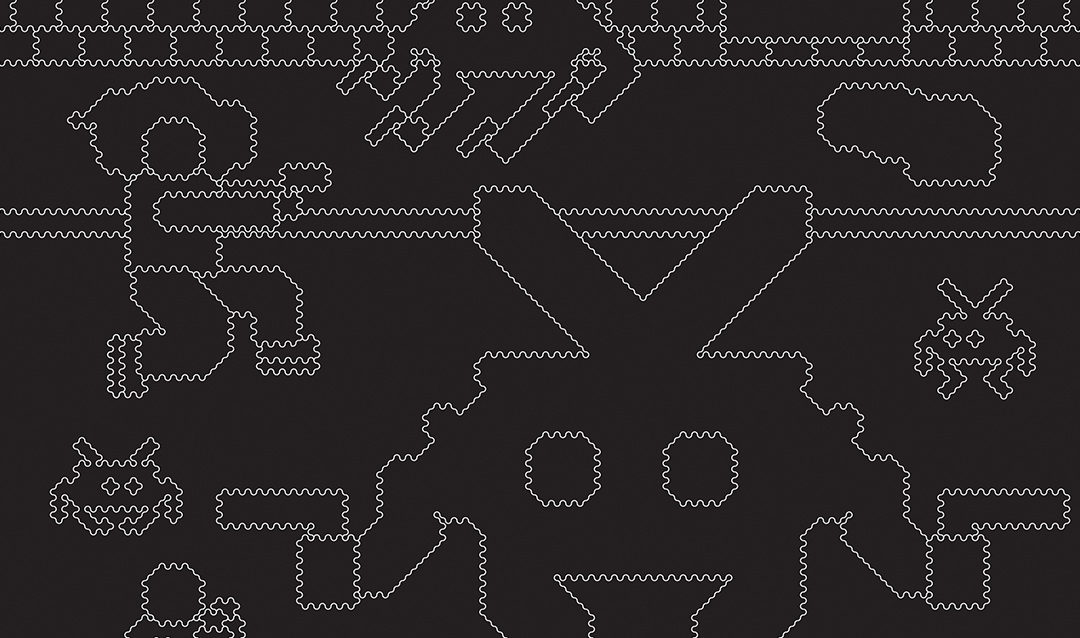Forget the rise of the machines. The real danger, says Lorenzo Servitje, is the rise of antibiotic-resistant bacteria. Servitje’s latest book project, The Science and Fiction of Antibiosis, is a cultural history of the ideas that have facilitated antibiotic resistance. The book traces the rise of antibiotics through 19th- and early 20th-century medical and scientific prose, and accounts for the science-fictional qualities of the “post-antibiotic apocalypse” in contemporary media coverage and representations of antibiotic resistance.
Antibiotic overuse in medicine, its adoption as a growth-promoting agent in animal agriculture, and lack of regulation in some parts of the world compound the problem, which can result in bacterial infections—perhaps even those common today—that doctors one day will have no means of treating.
Servitje, an assistant professor of literature and medicine in the department of English, posits that society can misread the problem of antibiotic resistance by thinking of it in the same way that viral emergent diseases such as Ebola and bird flu are represented in the press and popular culture: one bacteria that will wipe us all out. That’s not the case, he says, because bacteria share resistant genes with each other, which means something like E. coli (the common cause of urinary tract infections) or S. pneumoniae (the common cause of sinus infections) could become something much more dangerous than a temporary discomfort for both the single patient and his or her community.
“Antibiotic resistance is scary and fascinating because it’s a slow-burn problem, much like climate change,” says Servitje. “Certainly that will lead itself to cataclysmic events, but it’s going to start changing the quotidian nature of life, in a very, very slow capacity. That makes it harder to notice and also makes it much, much worse.”
Scientists have not created a new class of antibiotics since 1987, and drug companies have no incentive to develop newer ones given the more favorable return of investment associated with long-term medications. Moreover, the sources for easily cultured, naturally derived antibiotics have been effectively overmined. Beyond its threat to human health, the rise of resistance, combined with a lack of new antibiotics, creates significant societal and ethical problems, says Servitje. Those without access to quality health care and education often share left-over medications, or take them without a prescription, further strengthening resistance and, with it, class divisions the world over. Doctors must perform a “science-fictional ethical calculus” in deciding how to treat current patients with regard to future patients and the potential for resistant infections.
Servitje’s first book, Medicine Is War: The Martial Metaphor in Victorian Literature and Culture, explores the rise through Victorian literature of society’s militarized understanding of medicine—the so-called “war on disease.” In the book, currently in press, Servitje follows the literary treatment of disease in what he calls “an arc that goes from Romantic literature all the way to modernist.”






